In 2017, Seth Hill explained the visual effects work done by Atomic Fiction (become Method Studios and now Framestore). He went on to work on numerous projects such as Blade Runner 2049, Stranger Things, Welcome to Marwen and Loki.
How did you get involved on this movie?
I have worked on several different projects with overall production supervisor Ryan Tudhope prior to this, and nearly at the end of filming he called me up and asked if I would join him and supervise the team at Method Studios.
What was your feeling to be involved on such an iconic franchise?
When Ryan first called me up, it was a pretty definite “oh yes!” It was a super exciting honor to be able to be involved on this! Queue the “you can be my wingman anytime” gif!
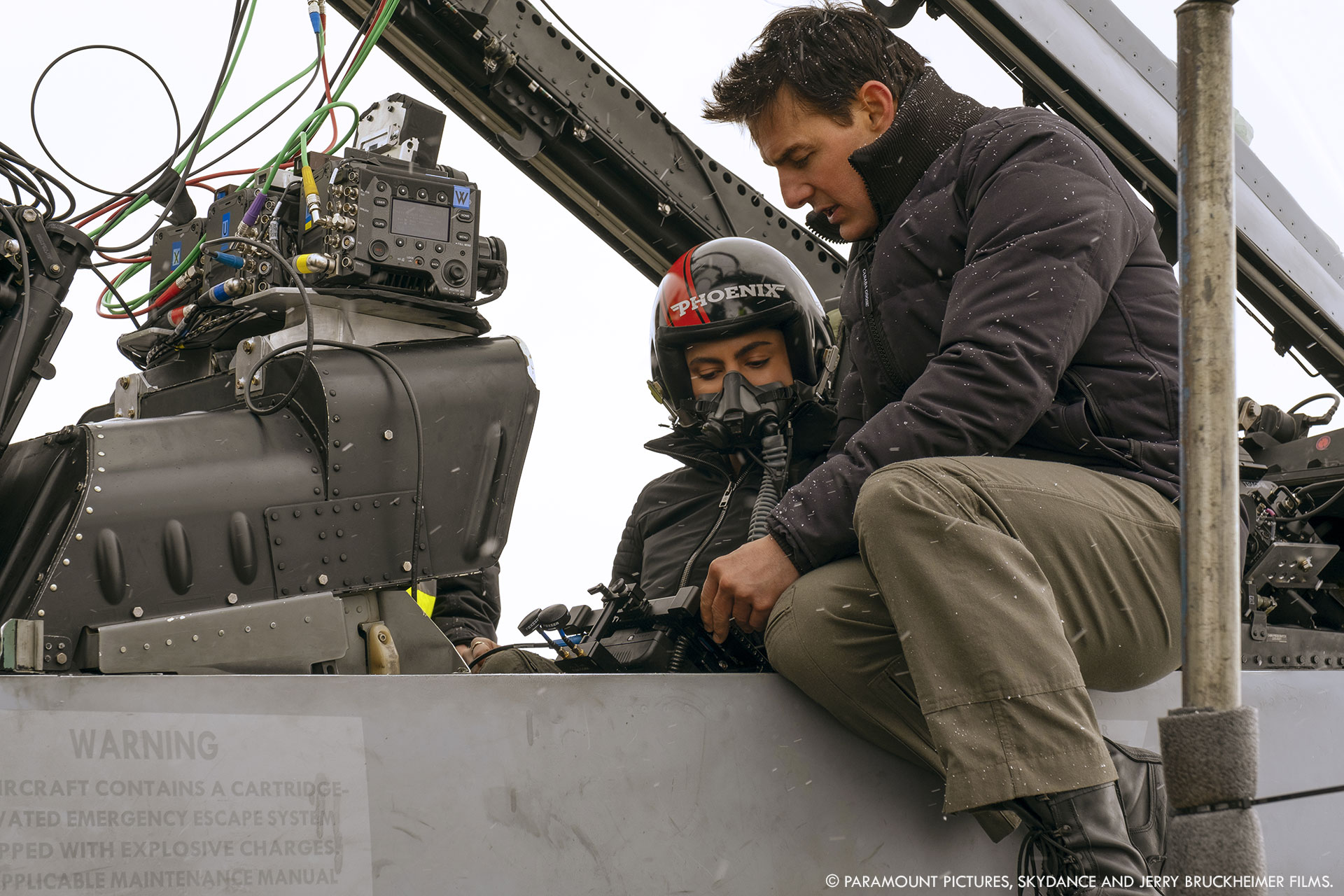
Can you elaborate about the design and the creation of the various planes?
The Darkstar was the sole newly designed jet. It was a collaboration with Lockheed Martin to design the craft and build a static exterior shell that could be used for scanning, photo references and shots where it’s not flying. It was able to be towed by a truck for a few shots on the tarmac which helped us a ton when it came to the CG version since we had the most grounded and perfect filmed reference of how this actually looked. A separate piece of the front cockpit section was built on a gimbal and was used for the camera mount shots as the Darkstar is flying through the air.
The other jets, the F14 Tomcat, the F18s, the enemy SU57s or the Mi-24 attack helicopter are all real functional aircraft, but each had their own challenges for creating digital versions. LIDAR scans weren’t really able to be done on military aircraft, but for the F14 and the F18 we essentially were able to turn table real jets and get amazing photographic references which we aligned to our CG builds and did side by side turntable comparisons with the real craft. The SU57 and Mi-24 we had less on. The Helicopter has been around for a long time (late 60s) so there are a lot of photo references we were able to find online and compile together. The SU57 is a lot more challenging since it’s much newer not as much is published about it. We were able to get a fair amount of visual reference on it though from a few demonstration videos that have been released.
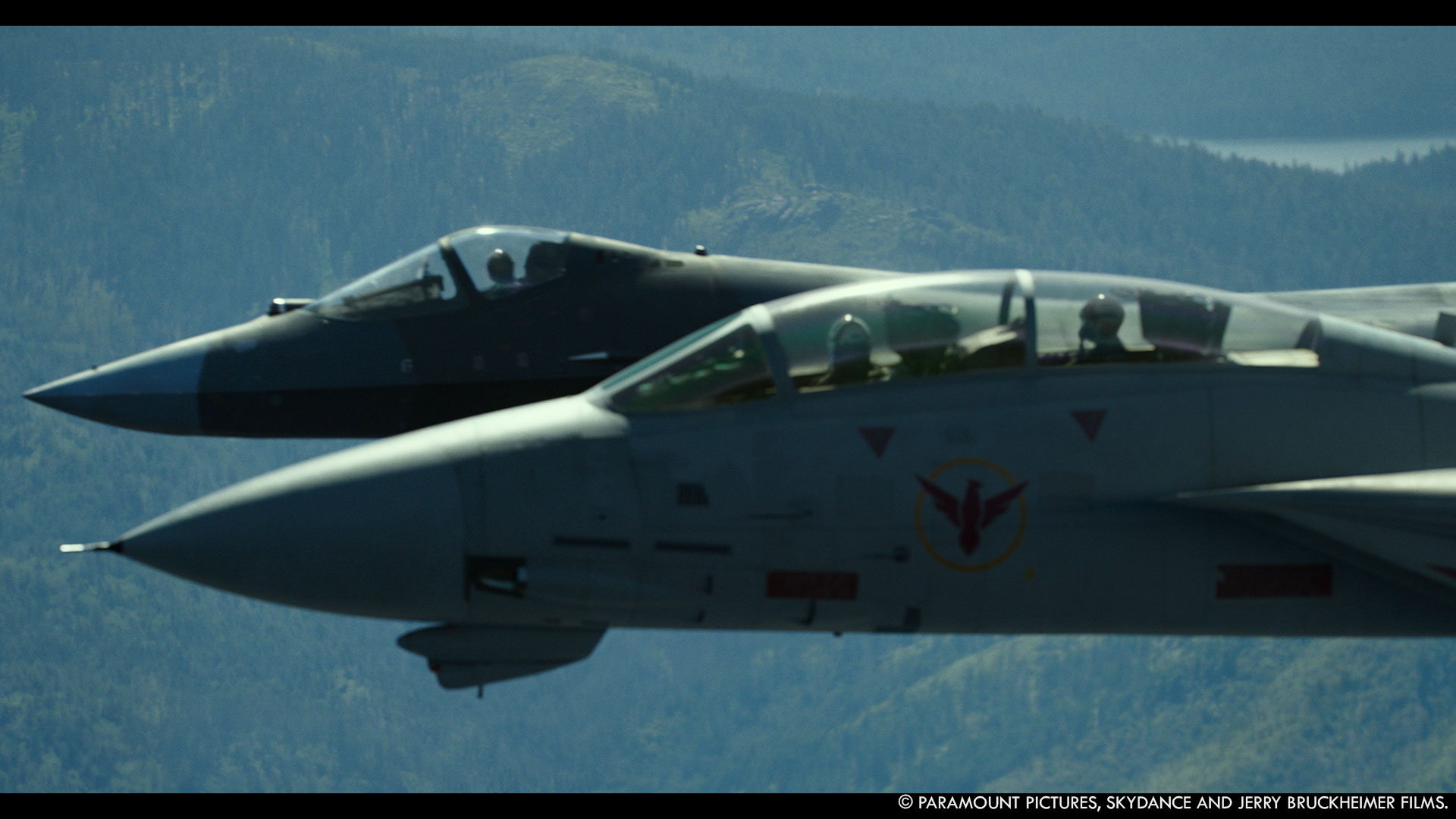
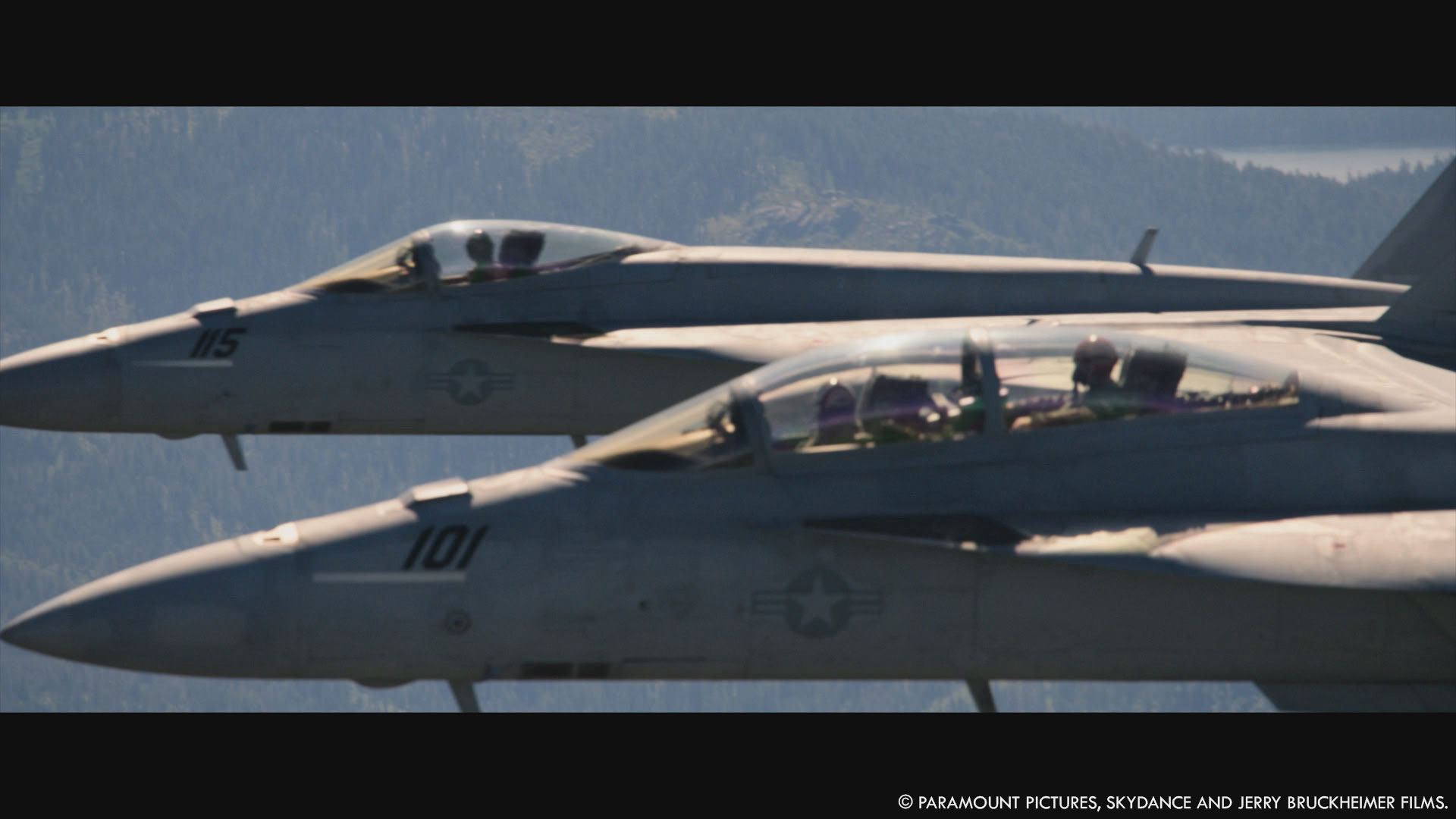
How did you create the various shaders and textures for the planes?
This is where the photographed turntables of real jets for us to side by side compare our CG versions to was invaluable. These jets aren’t just metal, I have no idea what they are actually made of, but light reacts differently. So it largely started by just dialing to the feel of a match. Then when we had filmed footage in the air we line up our jets and would compare where light responses were matching and not. There were a lot of surprises that were tricky to work out. Highlights had so much complexity and variation just off a single source with multiple spec lobes rolling in different ways across the surface. The canopies were another really tricky bit. They have very unique refractive properties both in distortion and color variation. We actually had to create a custom shader to handle not only the color variations that appeared in the refractions and reflections on the surface, but also the micro-scratches. Peter Dominik who was our Lookdev lead built a unique shader that would procedurally remap and rebuild texture sets based on the sun’s angle of incidence so we could add the spiraling circular scratches that broke up highlights on the real jets.
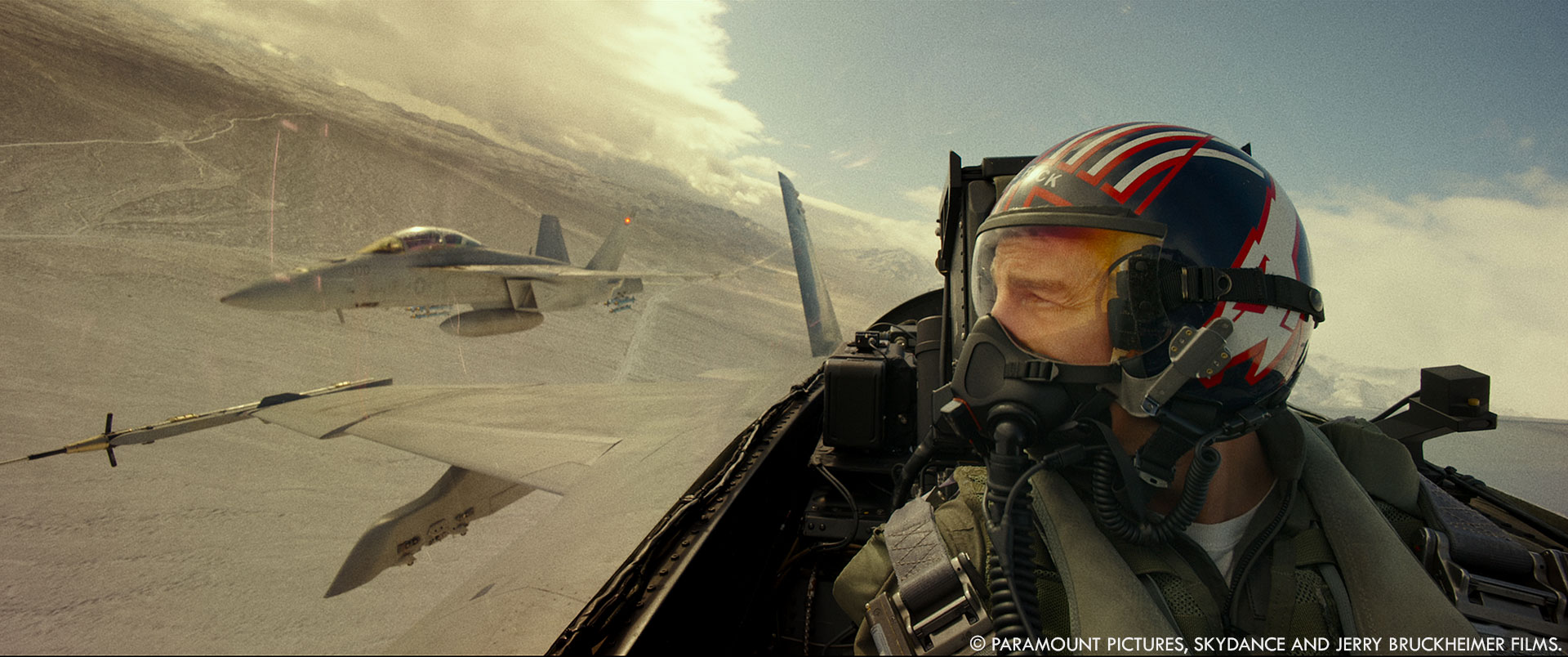
Can you tell us more about the iconic F-14?
This jet is Top Gun, it had to be nailed perfectly. However, there are no functional F-14s in the world anymore, luckily the production was able to get access to a museum chassis. And while it had no function components left in it, it did allow for there to be a static, or at times pulled by a truck version which was shot in camera. We then would replace any moving component on the jet for the first few shots, but once it started to take off or was in the air, that was our CG model. We managed to pull up flight manuals on the jet and break down how every control surface would actually move and what the mechanics underneath were actually doing.
Can you tell us more about the various FX work during the dogfights?
The aircraft filmed weren’t able to go up with armaments on, so if an F-18 is flying with anything attached to its wings, they were added in vfx. Along these same lines, the cast were flown in F-18F variants which were the 2 seater jets, but half of the time needed to modify those to be single seat aircraft and bring in the additional full canister beneath since this was replaced with a camera mount. Working with the actual footage captured by the real jets allowed us to always keep these moments totally grounded, taking the actual camera speed and trajectory (which is almost never straight!) along with lighting reference was key to keeping it feeling seamless. With hundreds of hours of aerial footage captured we it was really pretty amazing the amount of reference material we always had to fall back on. When it came to the final dogfight with the SU57s, none of the aircraft involved could actually be shot in the air, so either an F18 or an L-39 were used in their place and we digitally re-skinned them to become the appropriate fighter craft. Where this got really tricky was different aircraft move totally differently depending on their various control surfaces and center of gravity. Marc Chu, who was animation supervisor with me, was absolutely essential in really nailing the realistic detail required here. He and his team were totally immersed in how these jets mechanically behaved. I think one of the coolest compliments to him and his team was when we were sitting in a theater for a review session with a few actual Top Gun instructors who remarked how accurately everything was conveyed, specifically pointing out the shot where Maverick splits the throttle and rolls the F-14 to try to get an advantage.
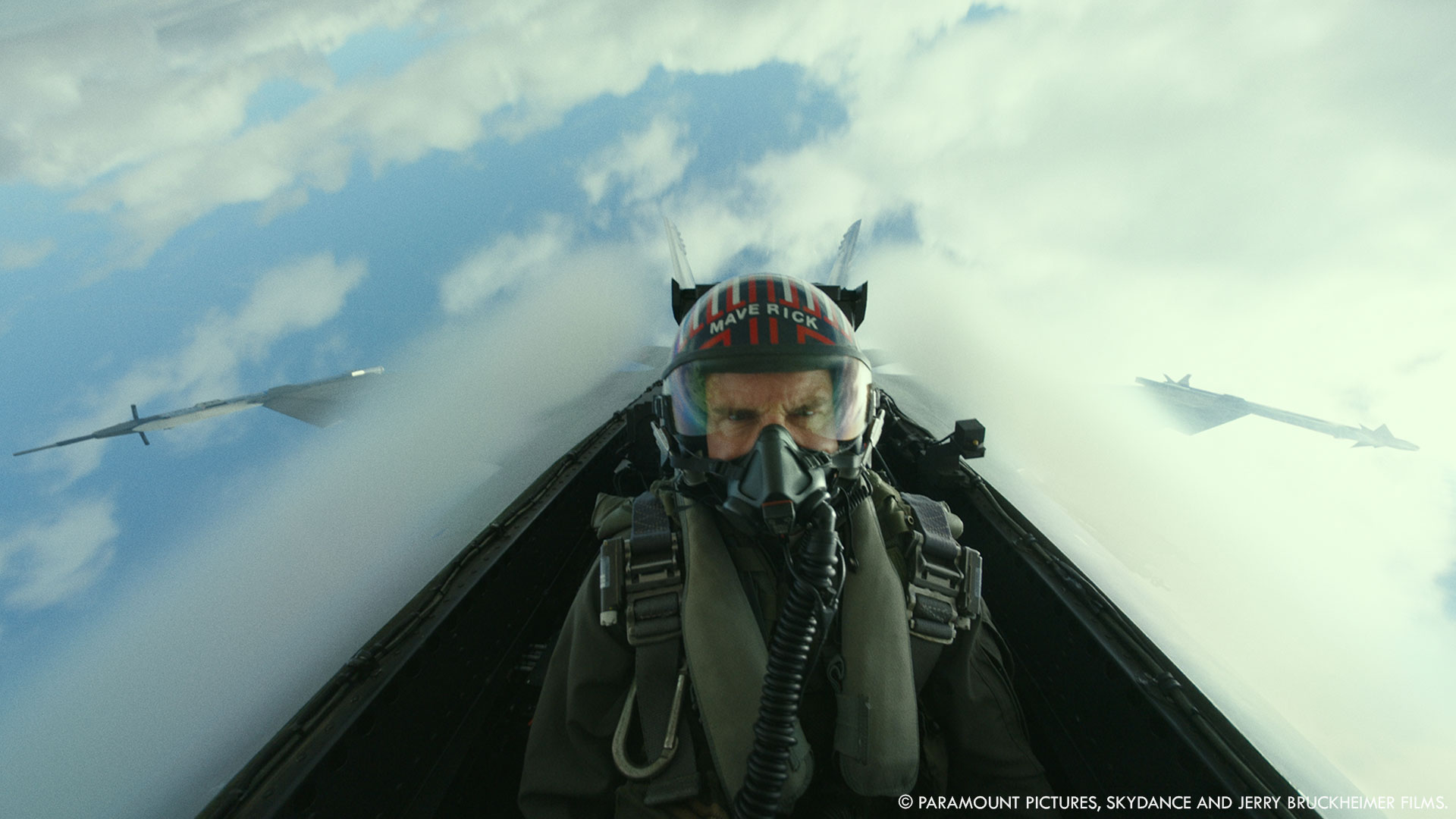
How did you create the various explosions and especially the big final one?
Explosions had a few different approaches. The big hero ones are always just focused artistry, like the refinery explosion or when the F18 crashes from the bird strike. In the case of the refinery, it really becomes a huge collaboration between many different departments with FX and Environments especially working closely together. To help sell the size and depth of that explosion we created several layers of substrate, so it would go from loose snow to the topsoil into rock and then give the rock layered variations to help further. There are some incredible videos shot from when they did underground nuclear tests in the 50s which showed how much the ground itself gave out and would collapse, it totally separated the visual language of the mission target from a jet or missile exploding. Outside of that, we had many many mid-air explosions from missiles. For these we had a system of essentially Lego pieces that could be assembled to create a shape / feel each explosion needed pretty quickly. Kunal Ghosh Dastider who came on board to help direct the FX team spear-headed that system and it proved invaluable to helping us block out explosions across the edit and then refine specifics from there.
Can you elaborate about the shooting of the actors inside the cockpit?
Shooting the actors actually flying with high G maneuvers was invaluable! Not only are the forces of the jet visible in their performance, the way it lit the shots was critical for us to match into and make it as believable as it could be. Each jet had its own little needs, the F-14 and the SU57 being the biggest needs where we essentially cut the actor out of the plate and put them back into a new CG interior cockpit. To get reflections to align and match properly CG helmet and visor reflections would be introduced to help set them into the cockpit even further. But really since the lighting and interaction inside the cockpit was so good to start, we had an amazing foundation to build from.
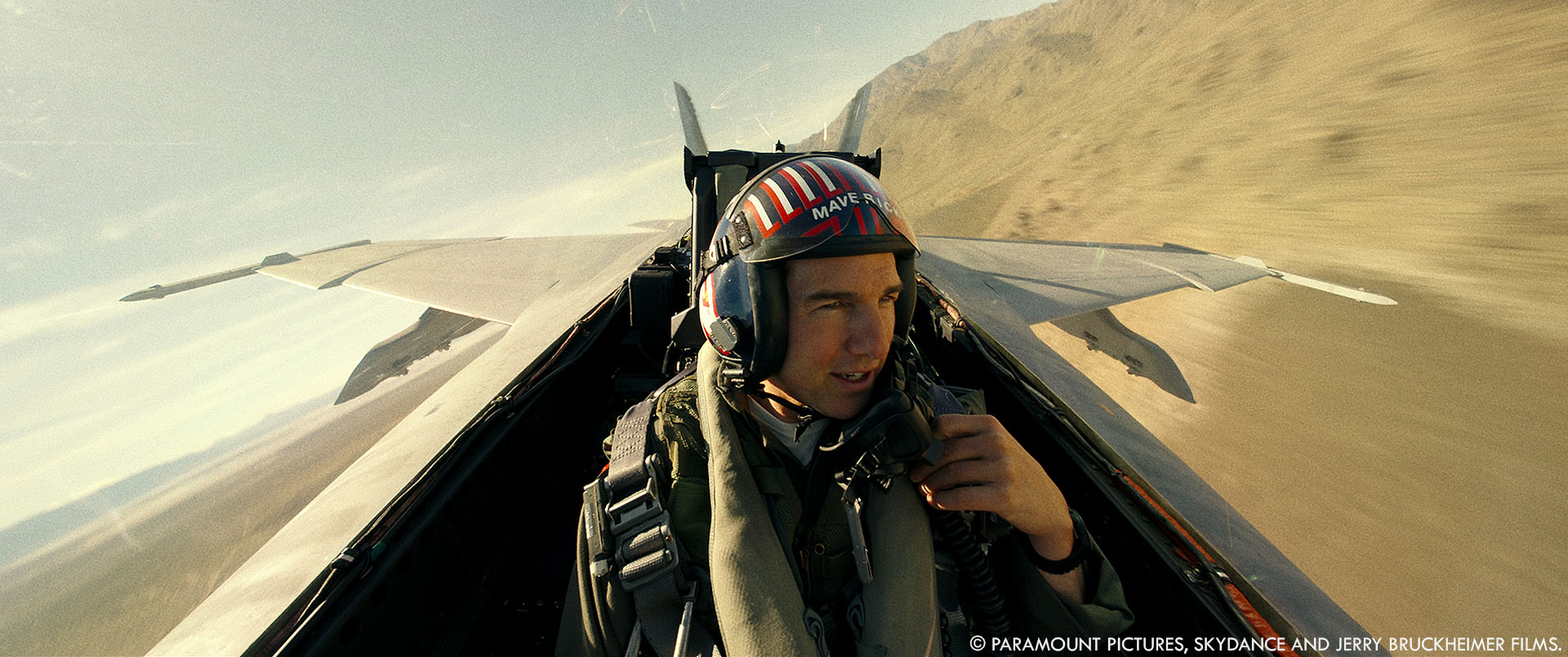
What kind of techniques and tricks did you use for these impressive shots?
Motion blur was a super tricky piece of the puzzle. The way these jets vibrate creates uneven motion blur across surfaces that really could only be handled by hand dialing the blur in different sections of the plate uniquely and by hand, sometimes 3D but often with 2D solutions.
How did you handle the challenges of the lighting and the reflections in the cockpit?
The speed these jets move totally changes the perception of lighting. Thankfully from the camera jets we often had GPS data and could map it to a photogrammetry environment or one generated from topographical maps to be able to help establish camera tracks that properly moved through the world. This allowed us to get a much better sense of the way the light interacted with the fast moving jets both outside and inside and match to the character’s lighting even more accurately. Reflections had to be remapped to rotoanim digi doubles and layered over the filmed plate to help the helmets and such sit into the new cockpits, but what was nice is we practically never had to remove reflections from the helmets just add the new cockpit components.
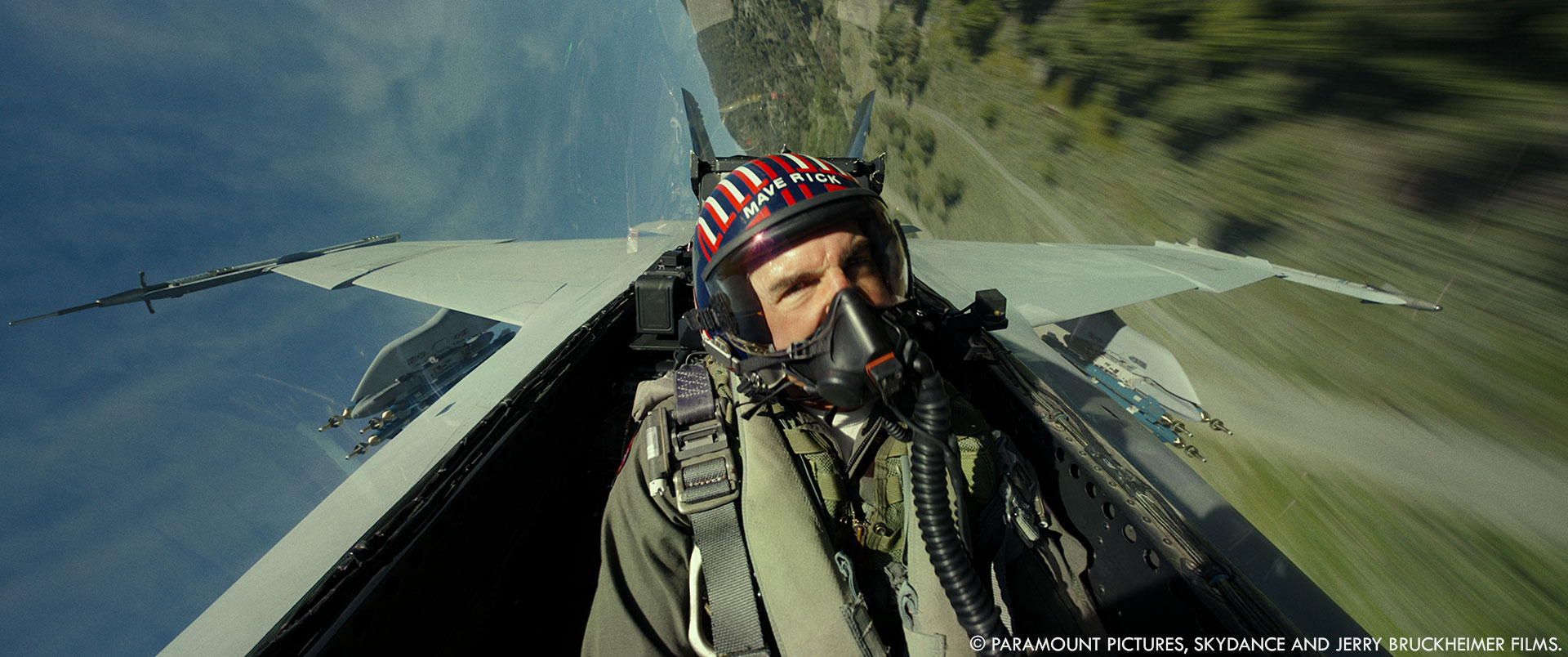
Did you use procedural tool for the vast sandy and snowy environments?
There are definitely some ways procedural tools helped, but mostly just for filling in areas already established. Trying to stay really grounded in the photography, we fell back on procedural techniques less since it tended to not as quickly create the match to the surrounding plates we wanted.
Which sequence or shot was the most challenging?
While every sequence had its own big challenges, I’d say the stealing the F-14 from the bombed base was a sequence that kinda combined all the challenges. On top of this the FX smoke, fires and plumes were a huge data management challenge, even with instancing several caches with offsets to save memory caps it was tricky. The FX simulations needed to be able to hold up to a camera starting far back and flying through them. Kent Lidke really helped drive this sequence not only with the FX team but also as we needed to build out new tools and avenues in the pipeline to handle the sequence. So he interfaced heavily with our environment team and pipeline team to create a system where we could have a 3D layout with proper proxies of the FX and this allowed animation to go in and setup shots with all components in mind.
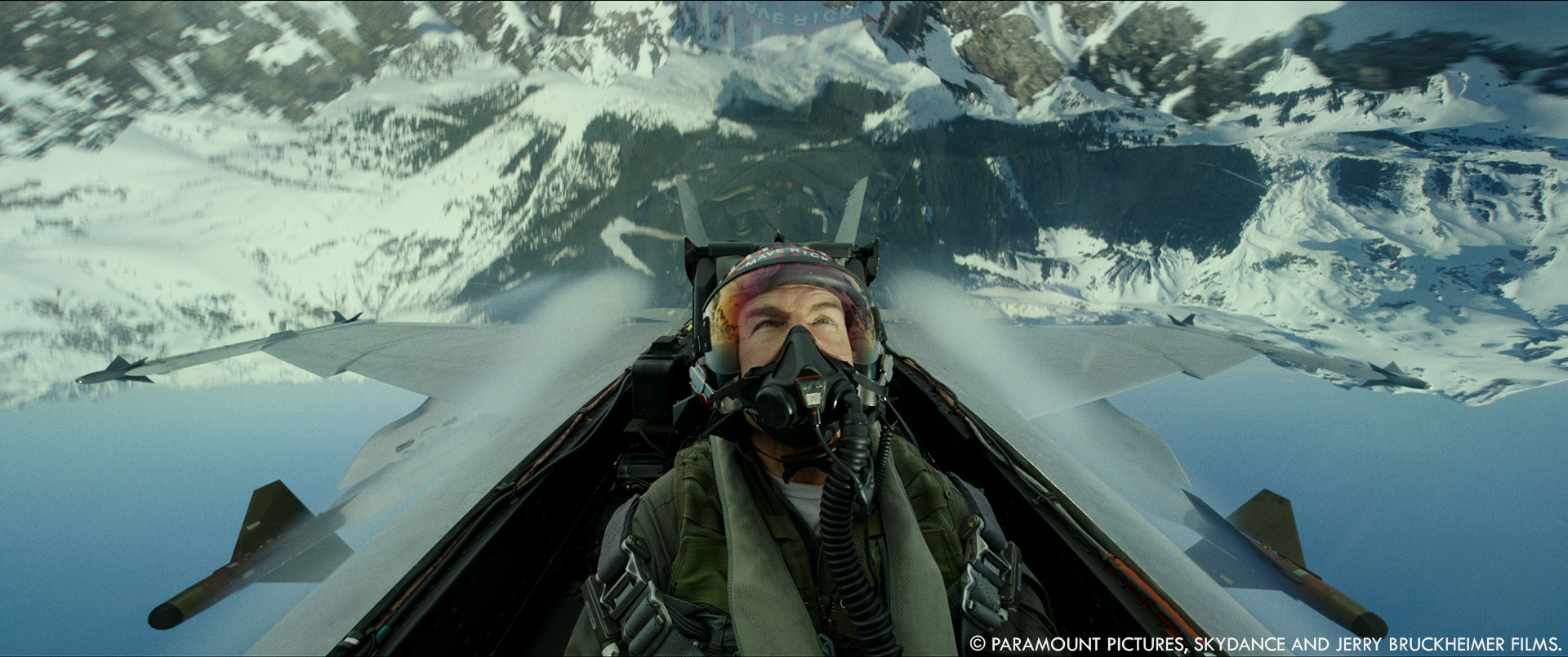
Is there something specific that gives you some really short nights?
Being midway through post when pandemic and lockdown hit definitely made for some sleepless nights as we had to learn to work remotely. Thankfully my producer Sabrina Gagnon took on the brunt of that with our systems team, and really amazingly kept everything moving on track. A good producer once again saves the day.
What is your favorite shot or sequence?
Every sequence had a shot I loved, but as sequences on a whole, I really loved the tension and action in the final mission, but I love the visual poetry of the Darkstar flight. Those two might be my favorite beats.
What is your best memory on this show?
Every week, we’d pull the entire team together and announce the “Top Gun of the Week” and have a new member of the team nominated. They’d sign a volleyball with their name and call sign and keep it at their desk that week till the next person was nominated. I loved seeing the entire team each week get excited and cheer on another member. It really made this one of the most memorable groups of people I’ve ever had the privilege of working with.
What is your next project?
I am midway through post now on Jerry Seinfeld’s Netflix feature Unfrosted!
A big thanks for your time.
WANT TO KNOW MORE?
Method Studios: Dedicated page about Top Gun: Maverick on Method Studios website.
© Vincent Frei – The Art of VFX – 2023




